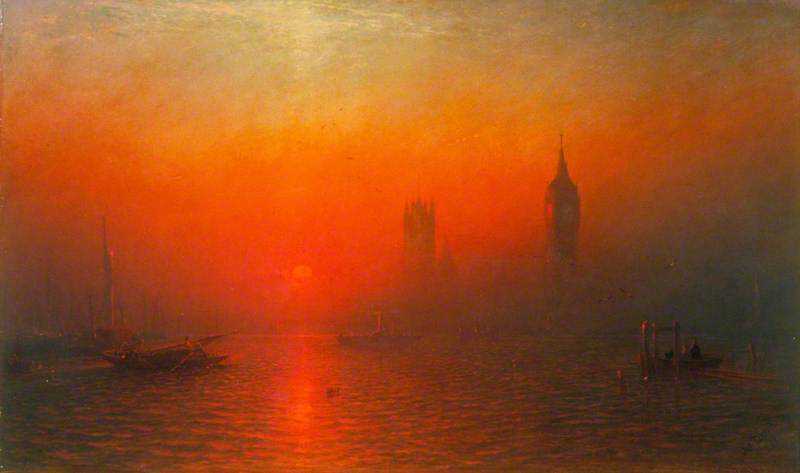
When it comes to artwork, whether it’s a priceless painting, a unique sculpture, or a cherished family heirloom, ensuring its protection is essential. Artwork isn’t just a decorative element; it’s a piece of history, culture, and personal sentiment. Preserving these valuable pieces requires careful attention and proactive measures. Here’s why artwork protection matters and how you can safeguard your treasures.
The Value of Artwork
Artwork holds immense value, both financially and emotionally. A masterpiece by a renowned artist can be worth millions, while a simple sketch by a loved one can be priceless in sentimental terms. The value of artwork can appreciate over time, making it not only a beautiful addition to your space but also a potential investment.
Imagine owning a painting by Vincent van Gogh or an original sculpture by Michelangelo. These pieces are not just objects; they represent the pinnacle of human creativity and achievement. Even contemporary artwork by lesser-known artists can gain significant value as the artist’s reputation grows. On a more personal level, artwork created by family members or friends can hold deep emotional significance, serving as a tangible reminder of cherished relationships and memories.
Environmental Threats to Artwork
One of the primary reasons artwork protection is crucial is the variety of environmental threats that can damage it. These threats include:
Light
Prolonged exposure to direct sunlight or harsh artificial light can cause colors to fade and materials to deteriorate. UV light is particularly harmful to paintings and textiles. For example, a painting exposed to direct sunlight over several years might lose its vibrancy, with colors becoming dull and muted. This type of damage is often irreversible, making prevention essential.
Humidity and Temperature
Fluctuations in humidity and temperature can cause materials to expand and contract, leading to warping, cracking, and mold growth. Paintings on canvas can develop cracks, wooden frames can warp, and metal sculptures can corrode. Maintaining a stable environment is key to preserving artwork. Ideally, artwork should be kept in conditions that mimic those of a museum: around 70°F (21°C) with a relative humidity of about 50%.
Pollutants
Dust, dirt, and airborne pollutants can settle on artwork, causing discoloration and surface damage. Even the oils from fingerprints can be harmful over time. For instance, a layer of dust on a sculpture can trap moisture, leading to corrosion or mold growth. Pollutants from household cleaning products or even cooking fumes can also cause chemical reactions that degrade artwork.
Physical Damage and Security
In addition to environmental threats, physical damage and theft are significant concerns. Accidental bumps, knocks, or improper handling can cause irreparable harm to delicate pieces. For example, a sculpture might be knocked over by a careless elbow, or a painting might be scratched by rough handling. Ensuring your artwork is securely mounted and handled with care is essential.
Moreover, the risk of theft makes security a vital aspect of artwork protection. Investing in security measures such as alarms, surveillance cameras, and secure display cases can help deter potential thieves. High-value pieces, in particular, are often targeted by thieves. Implementing strong security measures not only protects your investment but also gives you peace of mind.
Conservation and Restoration
Even with the best preventive measures, artwork can suffer from the effects of time and environment. This is where conservation and restoration come into play. Professional conservators have the expertise to clean, repair, and restore artwork, bringing it back to its former glory. Regular check-ups by a conservator can help identify potential issues early, preventing more significant problems down the line.
Conservators use specialized techniques and materials to address damage without altering the original work. For example, a conservator might remove old, yellowed varnish from a painting, revealing the original, vibrant colors beneath. They might also repair tears in canvas, stabilize flaking paint, or clean sculptures using methods that are safe for the material.
Tips for Protecting Your Artwork
Here are some practical tips to ensure the longevity of your valuable pieces:
Control Lighting
Use UV-filtering glass or acrylic when framing artwork, and position pieces away from direct sunlight. Opt for LED lighting, which emits less harmful UV radiation. This can significantly reduce the risk of fading and deterioration.
Maintain Stable Conditions
Keep the temperature and humidity levels consistent. Ideal conditions are around 70°F (21°C) and 50% relative humidity. Use the right insulation, dehumidifiers or humidifiers as needed. Monitoring devices can help you keep track of the environment and make adjustments as necessary.
Regular Cleaning
Dust your artwork regularly using a soft, dry cloth. Avoid using cleaning products unless recommended by a professional. Regular dusting prevents buildup that can attract moisture or pollutants.
Handle with Care
Always handle artwork with clean hands or gloves. Avoid touching the surface directly and use both hands to support the piece when moving it. For larger pieces, consider using a professional moving service that specializes in artwork.
Invest in Security
Consider installing security systems, especially for high-value items. Secure display cases and safes can provide additional protection. For example, a small, high-value piece might be kept in a safe when not on display, while larger pieces can be protected with motion sensors and surveillance cameras.
Why It Matters
Protecting your artwork is more than just a matter of preserving monetary value. It’s about honoring the artist’s vision, maintaining cultural heritage, and safeguarding memories. Each piece tells a story and contributes to the tapestry of human creativity. By taking steps to protect your artwork, you ensure that these stories continue to be told for generations to come.
Artwork can inspire, provoke thought, and bring joy. Protecting it ensures that future generations can experience these benefits as well. Whether it’s a grand masterpiece or a personal memento, every piece of art deserves to be cherished and protected.
Conclusion
Artwork protection is an investment in the future. Whether you own a valuable collection or a single beloved piece, taking the time to safeguard it from environmental and physical threats is essential.
By understanding the importance of maintaining a stable environment, handling artwork with care, and seeking professional conservation services when needed, you can preserve your valuable pieces for years to come.
Remember, the effort you put into artwork protection today will pay off in the form of enduring beauty and historical significance tomorrow.







